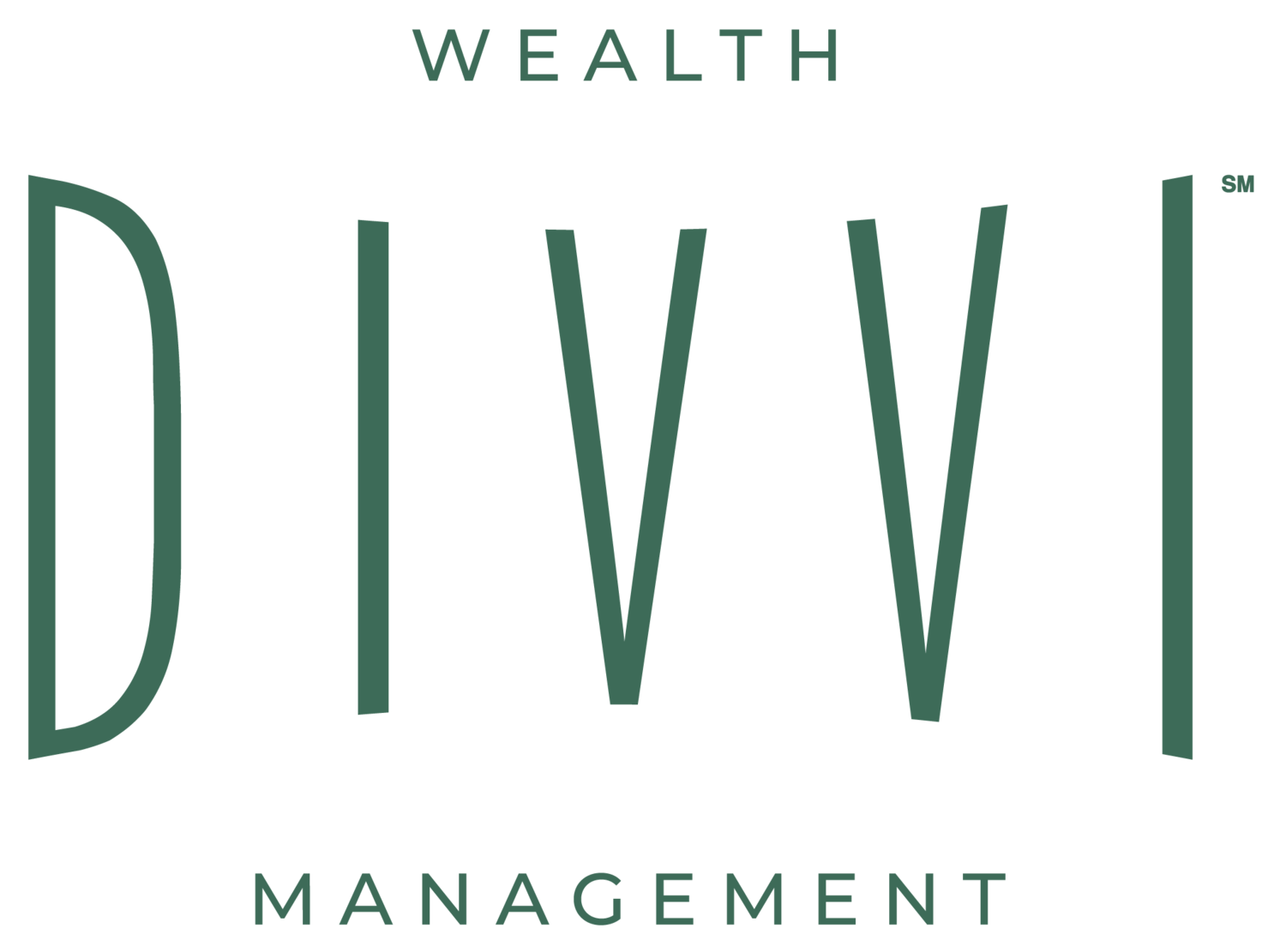The Fed Might Be Finished Raising Rates. Should You Sell Stocks?
A headline caught my attention late last week:
Investors seem to love a good prediction. Forecasts sell. Especially when they pinpoint a new bubble. It worked, as I clicked to read the article.
And it sparked a little curiosity in me. How have different asset classes performed following previous hiking cycles? As you may already know, the Federal Reserve raised their target Federal Funds range last week to 4.75% to 5.00%. Many market watchers are expecting that to either be the final hike, or perhaps one more 0.25% raise in May.
Considering some of the recent developments in the banking system, this seems like a reasonable forecast.
And if the Fed’s next significant move is to cut rates, perhaps they have done enough to slow demand, bring down inflation, slow the economy and ultimately nudge unemployment higher. That doesn’t exactly sound like the ideal environment for stocks.
SELL STOCKS?
So, if this Fed has finished raising rates during this cycle, should you sell stocks?
Everyone’s situation is different, but here are some things to consider.
Stocks Have Already Fallen A Lot
The S&P 500 peaked last January and is still about 17% below those highs. Small cap stocks are down much more, roughly 30% below their November 2021 peak.
Could stocks continue to fall? Of course. How much more? I’ll do my best to paraphrase an old investing adage. If a stock is already down 50%, how much more could it fall? Well, it could still fall 100%, all the way to zero.
To be honest, I don’t like this “markets have already fallen a lot” argument as a good reason for buying stocks. Maybe prices were unreasonably high in the first place. GameStop and other meme stocks are down 75% or more from their highs, but I suspect you’d have a hard time finding someone (other than those with diamond hands) thinking they represent good value at today’s price.
Still, buying good businesses in down markets has historically worked well for those who can be patient and accept some short-term volatility.
Valuation
Forward-looking valuations still seem a bit high, but they are well below pandemic extremes. Markets have worked off some of the excess. Low valuations have historically been much better starting points for long-term stock investors.
Today, the S&P 500 can be bought for about 18x expected earnings, which doesn’t seem excessively cheap nor expensive. Investors are typically willing to pay a higher multiple for stocks when interest rates are near 0%, and a lower multiple when interest rates are higher. For comparison purposes, the S&P 500 could have been purchased for about 9x expected earnings in the depths of the 2008 financial crisis, which is considerably lower than where we are today.
Small cap and international stocks do appear to offer investors more attractive entry points, based on those same forward-looking valuations.
Calls for strong bond returns have resumed, following last year’s rise in interest rates. We can try to compare the relative attractiveness of stocks to bonds by looking at bond yields and the earnings yield of stocks, which is simply the expected profits from stocks divided by price. Stocks still seem to have an advantage, but it is much smaller than previous years when interest rates were much lower. The chart below shows the difference between 10-year U.S. Treasury Bond yields and the earnings yield for the S&P 500.
History
I was interested to see how stocks and bonds performed in previous situations that shared some similarities with today, particularly the end of a rate hiking cycle. Click on the image below to scroll through and see how different asset classes have fared in previous periods.
The brown line is the starting point for the individual returns, and we looked at how these groups performed 1, 2, 3, and 6 months from those starting points (left side of the charts), and 1, 2, and 3 years into the future as well (right side of the charts).







Summary
Fear is a powerful emotion. And no one enjoys losing money. There are always reasons to be fearful, and sometimes those fears are warranted. And, as the old saying goes, markets often climb a wall of worry higher.
We encourage investors to have a portfolio that aligns with their goals as well as their views on risk. A good portfolio that you’re comfortable holding in times of stress is better than the perfect portfolio you’re inclined to sell, at least in our opinion.
Please reach out to your advisor if you’d like to discuss, or revisit what you own and why you own it. We can work together to understand the risks. And don’t be afraid to make some adjustments if it makes sense to do so.
Interested in talking more? Email me at eric@divviwealth.com or set up time with the Divvi team to continue the conversations.

